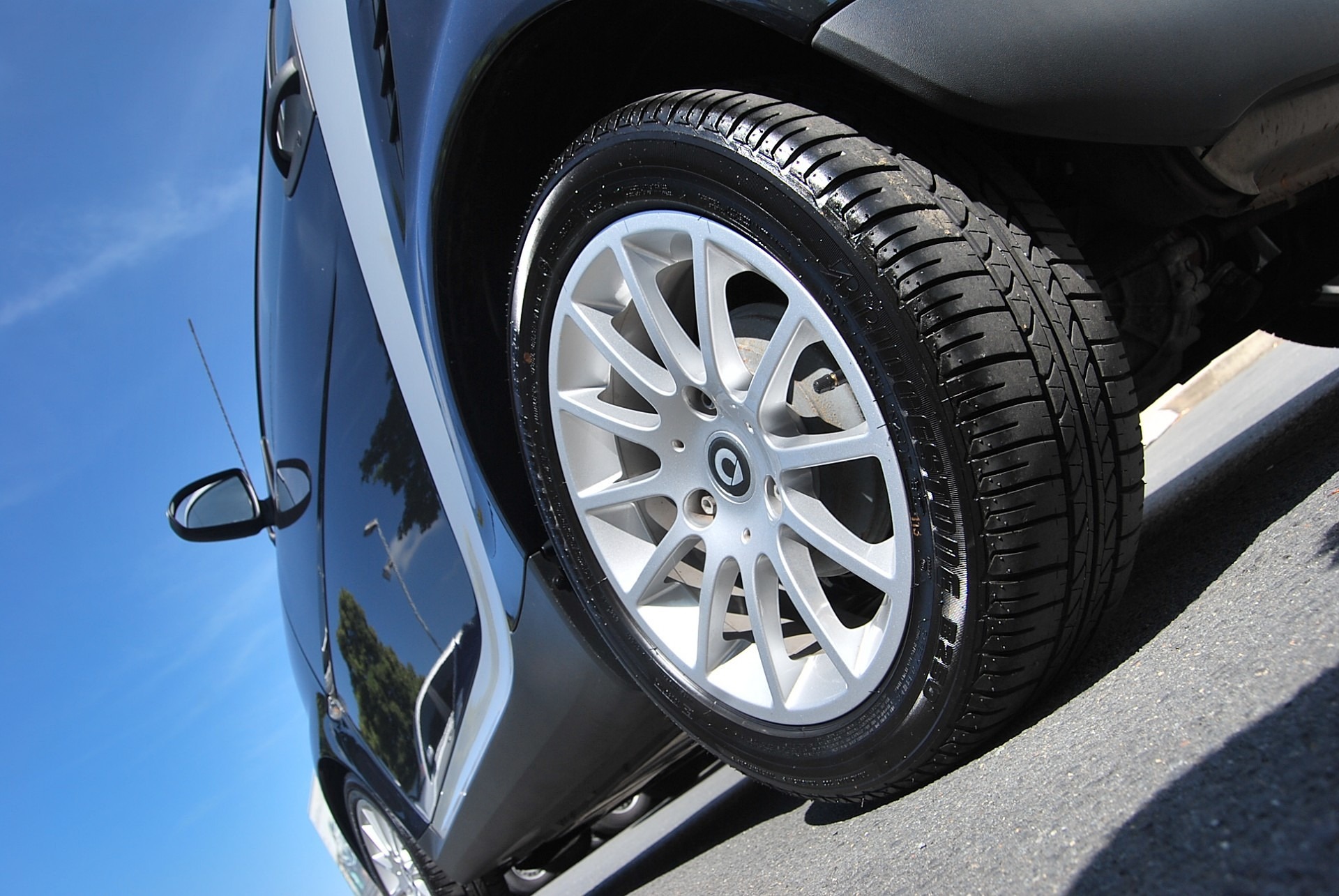Decoding the Intricacies: The Underappreciated Power of Differential Gears
In every vehicle that graces our roads, there lies a hidden masterpiece of engineering: the differential gear. This critical component, often overlooked in the broader automotive discussion, is key to a smooth and efficient drive. Let's delve into its rich history, intricate workings, and the significant impact differential gears have on the driving experience.

The Historical Context and Technological Evolution
The concept of differential gearing traces back to the ancient civilizations of Greece and China. However, the first practical application in automobiles didn’t occur until the late 19th century when Frenchman Onesiphore Pecqueur used it in steam wagons. The design has evolved over the years, with modern vehicles employing more advanced versions such as limited slip differentials and electronic differentials.
Current Trends and Industry Insights
Today, differentials have become more complex and specialized, reflecting the diversity of modern vehicles. For example, performance cars often use limited slip differentials that distribute power evenly between wheels, enhancing traction and stability. On the other end of the spectrum, off-road vehicles may employ locking differentials that can send equal power to all wheels, providing superior off-road capability.
Impact, Benefits, and Challenges of Differential Technology
Differential gears play a vital role in a car’s performance. They allow the wheels to rotate at different speeds, essential when turning corners. Without a differential, the wheels would have to spin at the same speed, resulting in poor handling and excessive tire wear.
However, the technology isn’t without its challenges. For instance, in traditional open differentials, if one wheel loses traction, the differential will send more power to that wheel, leading to a loss of control. Modern solutions like limited slip differentials and electronic differentials have largely mitigated this issue.
The Intricate Mechanism: Making Complex Simple
At its core, a differential is a device that splits torque two ways, allowing each output to rotate at a different speed. It consists of a series of gears – the sun gears, planet gears, and the ring gear. When you take a turn, the planetary gears rotate around each other, allowing the wheels to spin at different speeds.
Applauding the Unsung Hero
While they may not garner the same attention as turbochargers or electric powertrains, differential gears are crucial to every vehicle. They ensure smooth cornering, efficient power distribution, and reduced tire wear. As we drive into the future, the evolution of this underappreciated technology continues, promising even more advanced and efficient solutions for our vehicles.




